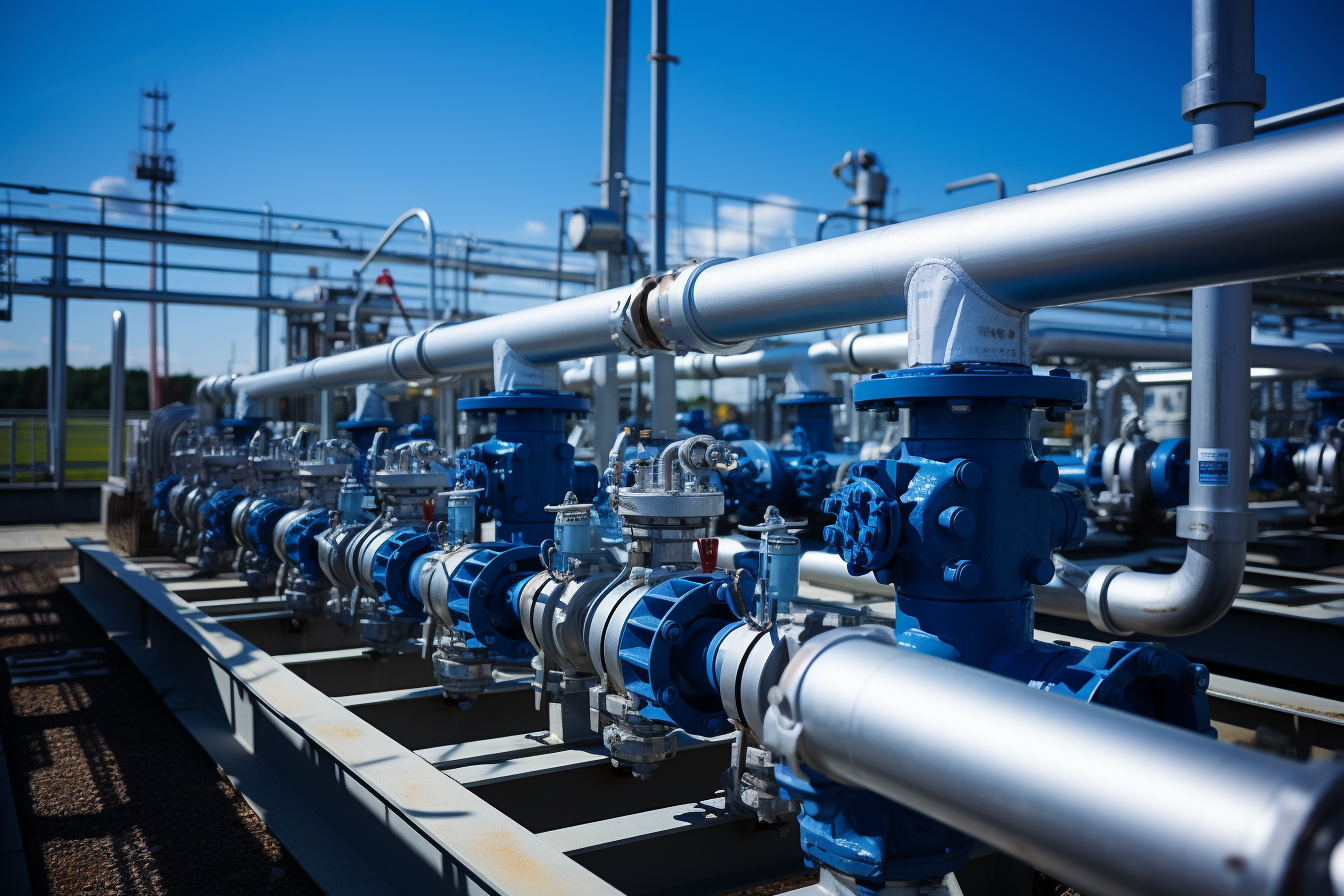All the numbers of Eni’s World Energy Review 2023

In 2022, global primary energy consumption grew at a rate close to 1% compared to 2021. This is what emerges from the World Energy Review 2023 (Wer), the global statistical review on energy curated by Eni
Diversification of energy sources to guarantee security of supply and support commitments for the energy transition.
This is the imperative that emerges from the 22nd edition of the World Energy Review (Wer), the latest global statistical review on energy curated by Eni referring to 2022. The publication of the Wer takes place in two tranches, the first in July – with the preview of the key variables for the oil and gas sectors and statistics on modern renewables and critical materials – the second in October – with the complete breakdown of all the variables.
In line with the process of change underway, the WER, now in its 22nd edition, dedicates ample space to strategic themes, such as natural gas and critical minerals, fundamental for the energy transition.
All the details.
IT IS NECESSARY TO DIVERSIFY THE SOURCES
The disruptive events in the energy sector in 2022 have highlighted the need to broaden future perspectives, aiming for diversified solutions that jointly contemplate a sustainable, secure and economically fair transition.
PRIMARY ENERGY CONSUMPTION CONTINUES TO GROW IN 2022
In 2022, global primary energy consumption will grow at a rate close to 1% compared to 2021, confirming the trend of recent decades, with fossil fuels continuing to cover approximately 80% of the share of the energy mix.
THE RISE IN PRICES
The prices of the main energy commodities were affected by the effects of the war in Ukraine on all markets with diversified impacts depending on the characteristics of each and the degree of dependence on Russian supplies.
WHAT HAPPENED TO THE OIL SECTOR
As regards the oil sector, the tensions due to a decade of lower investments and the war in Ukraine brought the annual average of Brent in 2022 to 101.2 $/b, 43% higher than in 2021. In this context, demand continues to increase (+2.2 Mb/d), reaching 100 Mb/d and almost completely recovering the loss linked to the pandemic (-0.7% compared to 2019). Global oil production increases by 4.3 Mb/d, with growth concentrated in the Gulf OPEC countries as a result of the reabsorption of the 2020 cuts. Net refining capacity begins to grow again in 2022 with the entry of new projects into Middle East and China for an amount just under 2 Mb/d.
GAS PRICES AND DEMAND
Gas prices reach significantly high levels with direct effects on downstream commodities, first and foremost electricity. Europe compensates for the shortfall in pipeline imports from Russia mainly by attracting additional volumes of LNG, paying higher prices. Overall global gas demand in 2022 will reduce by more than 1%, after the post-pandemic rebound in 2021 (around +5%), with divergent dynamics on a global scale: strong slowdown in Europe, Russia and Asia, only partially compensated from growth in the United States and the Middle East.
SPRINT OF RENEWABLES
Renewable installations have been growing exponentially in recent years. However, the share of solar and wind covers just over 10% of the electricity generation mix, compared to over 60% generated by fossil fuels.
THE ROLE OF CRITICAL MINERALS
Critical minerals play a fundamental role in some key technologies related to the transition. Most are experiencing significant growth in terms of production, also reflecting increased demand. Nickel and lithium show the greatest increase (over 20%).
This is a machine translation from Italian language of a post published on Start Magazine at the URL https://www.startmag.it/energia/tutti-i-numeri-della-world-energy-review-2023-di-eni/ on Fri, 06 Oct 2023 13:35:23 +0000.
